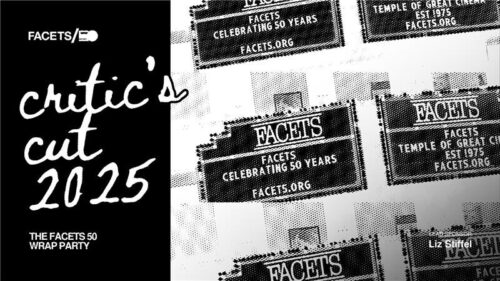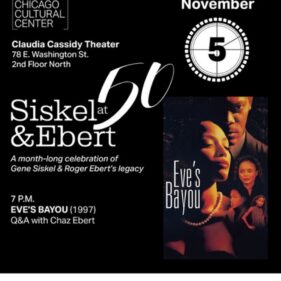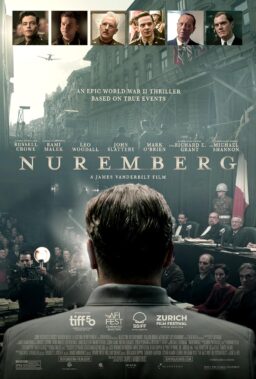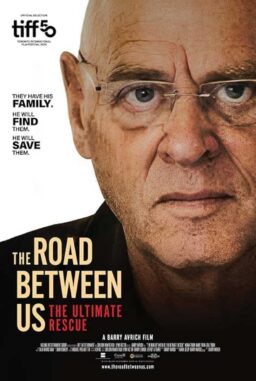The brightly colored, perfectly coordinated, hyperfeminine costumes of Amy Heckerling’s 1995 film “Clueless” made for some of the most iconic looks of the decade. Thanks to the prevalence of ’90s nostalgia found in countless Instagram accounts and fast fashion retailers, Cher Horowitz’s yellow plaid suit and knee socks are now a cultural touchstone even for those who weren’t yet born when the film was released. This teen dream wardrobe was the work of costume designer Mona May.
“Clueless” alone would seem enough to make May into a household name, but her filmography (66 credits and counting, spanning 1989 to the present) goes much further, revealing her to have a commitment to glamour that’s downright inspiring. Two years after “Clueless,” she costumed another ultra-quotable, female-centered comedy, “Romy and Michele’s High School Reunion”. In 1999, she created Drew Barrymore’s awkward teen frippery in “Never Been Kissed”. May has worked with Barrymore a number of times, designing costumes for “The Wedding Singer” and her recent role in the Netflix series “Santa Clarita Diet.” While May’s designs may be a hallmark of the ’90s, part of what’s so fun about them is their self-awareness. Her costumes don’t accidentally capture the trends of an era, but rather seem to set trends themselves in how they so obviously announce themselves as costumes and are worn with such panache.
“Clueless” is an ideal case study in what makes May’s costumes so pleasing. The grunge style that proliferated in the beginning of the decade is mostly abandoned (save for an occasional flannel shirt or skater boy) in favor of bright colors and wild accessories. The girls of “Clueless” dress to impress, but the self-presentation is always playful. In an interview with Fashionista, May recalls “the most important thing for Amy when she was writing the script: she wanted to make sure they are girls. They are not fashion models. They’re not strutting around in heels on the runway.”
The costumes may be a little more elaborate than what the average high school student would wear, but they feel like a relatable fantasy, like a teen version of a child playing dress up. Most teen girls wouldn’t wear a skirt suit to school, but Cher and Dionne wear theirs with such effervescent confidence that it feels like borrowing an element of their looks—a plaid skirt, perhaps, or knee socks or a cardigan—will suddenly confer a similar sense of swagger. Nearly 25 years after the film’s release, the fashions remain covetable. In a conversation with Interview magazine, May said, “Cher is bold—she doesn’t have any excuses, she just goes for it.” In a world still bogged down by sexism and reductive views of teenage girlhood, it’s a style worth emulating. Cher’s costumes contribute to her pop feminist status. She dresses without fear of judgment and is able to control her own image with a shrewdness that few characters before or since have been able to channel so expertly. May’s contribution to “Clueless” is almost as great as Heckerling’s, and their relationship is one of kindred feminine spirits. According to the Fashionista interview, upon first meeting Heckerling the two women “fell in love with each other” and as soon as Heckerling wrote “Clueless” she told May, “This is the movie for you.”

Fashion is essential to the arc of “Romy and Michele’s High School Reunion,” with its protagonists who use clothes to psyche themselves up and affirm their friendship by dressing fabulously together. The social anxieties of attending their reunion and showing up the mean girls are ultimately overcome, and in the film’s highly satisfying conclusion Romy and Michele open a successful boutique. The film’s sense of fashion is as keen as its sense of humor, and once again, May is behind the wheel, with an eye-popping array of pastels and sparkle. May told Interview the film was “like a grown-up version of Clueless—we could push the envelope with higher heels and shorter skirts.”
Fashion gives Romy and Michele confidence and while their ensembles may be sexy, they’re also a bit silly. The costuming, in the best way possible, suggests a Barbie doll given self-awareness. The way Romy and Michele look at each other’s outfits means far more than any man’s evaluation, and the film makes dressing in coordinated ensembles look like the height of female friendship.

“Never Been Kissed,” another lighthearted ’90s tale of female awkwardness, features a delightfully deranged take on an ’80s prom dress (pink metallic, ruffles, big sleeves, and a sheer accent? You bet!) and finds Gen X style queen Barrymore wearing a number of fun ensembles in her role as a nerdy journalist going undercover as a high school student. She wears a gauzy white top trimmed with marabou, which, like the high school fashions in “Clueless,” probably isn’t the first thing one would think to wear in the classroom. Marabou, that fluffy, frivolous, unabashedly feminine trim, is a key part of many of May’s best costumes, and it seems like the material which best represents her personality as a designer. Romy and Michele also wear outfits with marabou trim, and promotional images for “Clueless” featured Cher in a boa.
It’s easy to write off a marabou-trimmed dress or a feather boa as a tacky relic or something more suited to the boudoir, but the characters that wear these looks are inevitably smarter than they might initially appear. In May’s hands, marabou is akin to a power suit. “Clueless,” “Romy and Michele’s High School Reunion,” and “Never Been Kissed” form a divine trifecta of ’90s femininity. The costumes endure because they don’t take themselves too seriously. May’s work is, to put it simply, delightful to look at, and in an age of aesthetic dreariness and constant bad news it feels more vital than ever. Who knew marabou could have such strength?











